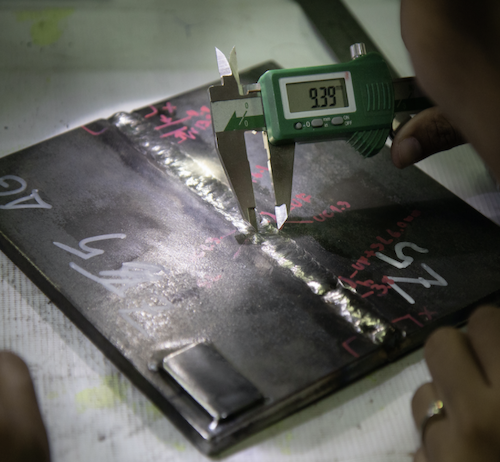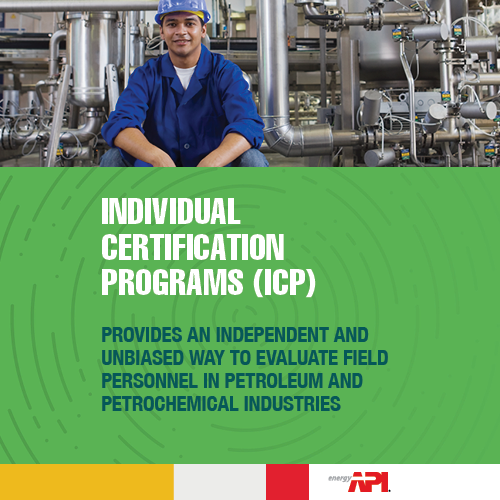Welding Procedures & Qualifications
Qualified welding procedures are required for the fabrication and repair of pressure vessels, piping, tanks, and other items. These procedures detail the necessary steps to make a specific weld and typically consist of a written description, details of the weld joint and welding process variables, and test data for demonstrating that the procedure produces weldments meeting design requirements.
Although various documents exist for developing welding procedures, this section is an abridged version of what is shown in the Welding Procedure section of API RP 577, Third Edition. The Welding Procedure section reflects the criteria described in ASME BPVC Section IX. Refer to the recommended practice for further details.
Welding Procedure Specification (WPS)
Procedures required include a written Welding Procedure Specification (WPS) and an attendant document called a procedure qualification record (PQR). The WPS provides direction (i.e., essential, nonessential, and supplementary essential variables) to the person applying the material during the welding process.
The PQR contains a record of the actual ranges for the essential variables that are used to weld a test coupon, the coupon test results, and the manufacturer’s certification of accuracy in the qualification of a WPS. When impact testing is required, it also contains ranges for supplemental essential variables. A PQR may also keep a record of non-essential variables but, if they’re included, they must be within the ranges stated on the WPS.

The PQR should accompany the WPS and be available to the inspector upon request, it is not necessary for the welder to have a copy of the PQR. ASME Section XI states the requirement that the manufacturer or contractor should supervise the making of test weldments.
A list of variables from API RP 577 is listed below. Refer to the Welding Procedure Specification (WPS) section of API RP 577, Third Edition, for a complete list of process variables specific to the various welding methods mentioned in this module.
- Joints
- Base Materials
- Filler Metals
- Position
- Preheat
- Post Weld Heat Treatment (PWHT)
- Gas
- Electrical Characteristics
- Technique
Inspectors should review the WPS and PQR to verify that they are acceptable. Although there are many ways of reviewing a welding procedure, the most effective way as introduced in API RP 577 utilizes a systematic approach (shown below) that ensures a complete and thorough review of the WPS and PQR to verify that all ASME Section IX requirements have been addressed.
| Verify that the WPS has been properly documented and addresses the requirements of Section IX and the construction/repair code. Verify that the PQR has been properly performed and documented and that it addresses all the requirements of Section IX and the construction and repair code. Confirm that the PQR essential variable values properly support the range specified in the WPS. |
Welder Performance Qualification (WPQ)
The Welder Performance Qualification (WPQ) is a document that provides a record of the welding variables and results of tests performed to establish that the welder possesses the necessary ability and knowledge to perform an acceptable quality weld using an appropriate WPS.
Prior to any welding, inspectors should review the welder’s WPQ to ensure that they are qualified to perform the task. The items to check when reviewing the WPS (as outlined in Section 7.7 of API RP 577, Third Edition) include the following:
| Welder’s name and stamp number Welding process and type Identification of WPS used for welding test coupon Backing (if used) P-number(s) of base metals joined Thickness of base metals and diameter of pipe Filler metal SFA number Filler metal F-number Consumable insert (if used) Vertical weld progression Backing, shielding, and trailing gas used Metal transfer mode (if GMAW) Weld current type/polarity (if GTAW) If machine welded, refer to QW-484 for additional values required; Guided bend test type and results, if used Visual examination results Additional requirements of the construction code Testing organization identification, acceptance via signature, and date Radiographic results (if used). |
















